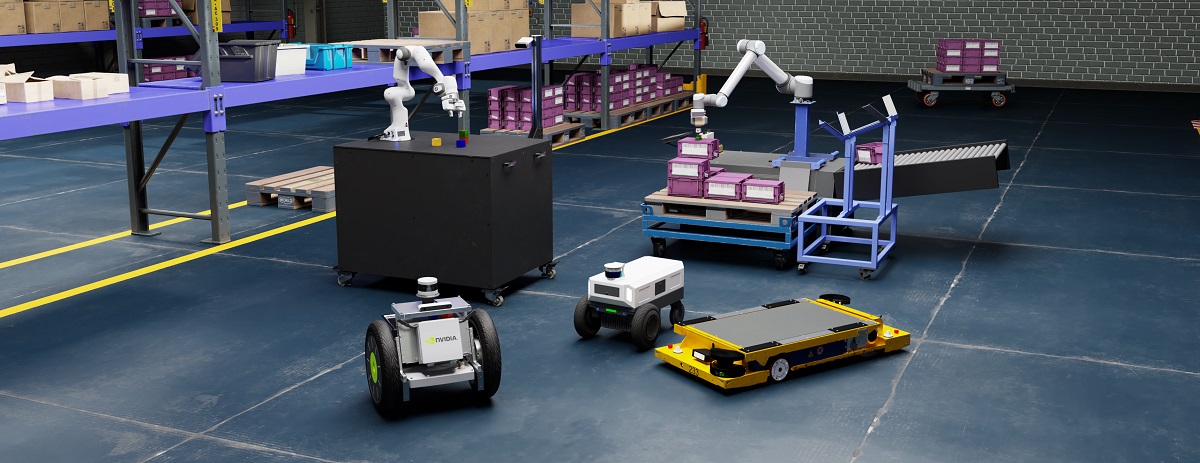Nvidia has launched a new version of its Isaac robot simulation engine in the Omniverse, the company’s metaverse sim for engineers.
The Omniverse started years ago as a proprietary Nvidia project called Holodeck, named after the virtual reality simulation in Star Trek. But it morphed into a more ambitious industrywide effort based on plumbing made possible by the Universal Scene Description (USD) technology Pixar developed to make its movies. Nvidia has spent years and hundreds of millions of dollars on the project, and now it’s updating its robot simulations for it.

Unlock premium content and VIP community perks with GB M A X!
Join now to enjoy our free and premium membership perks.
![]()

![]()